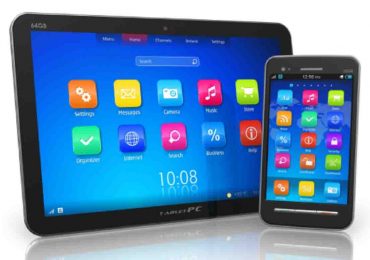TNS, the world’s leading custom research company, announced the results of its global study, TNS Digital Life 2012. Covering 93 percent of the world’s online population through interviews with 72,000 consumers in 60 countries, including the Philippines, the study presented the most comprehensive findings on people’s online activities and behavior.
The TNS Digital Life 2012 revealed that 54% of Filipinos say they have ever used the internet. The study found that Internet usage is greatest among Filipinos aged 34 and below, with the younger age groups having had very recent online access. A total of 85% of Filipinos aged 16 to 20 years old have accessed the Internet within the past four weeks, followed by 74% of Filipinos between the ages 21 to 24 years old. More males were also seen accessing the Internet at 58% compared to females at 52%.
“While Filipinos who belong to the upper and middle class have greater access to the Internet, the TNS Digital Life 2012 study found that the incidence of internet usage is over 50% across urban Philippines,” said Gary de Ocampo, managing director, TNS Philippines. About 71% of Filipinos from the ABC socio-economic classes (SEC) and 51% from the D SEC have access to the internet.
From traditional to digital
Most online users are still accessing the internet through personal computers at home (50%), and internet cafés (49%), but “non-stationary” access to the internet is steadily increasing with the advent of smartphones. Consumers accessing the internet through their mobile phones and tablets are at 12% and 1%, respectively.
The TNS Digital Life 2012 study showed that the digital medium has overtaken radio and print. Results show that on a daily basis, 89% of respondents watch TV, 45% connect to the internet and 36% listen to the radio. Reading newspapers and magazines follow at 12% and 4%.
Interestingly, the online medium, alongside the mobile phone, is now the primary communication channel for Overseas Filipino Workers (OFWs) and their families. A total of 81% of families who have relatives abroad communicate with them using the internet through their personal computers, with 77% using their mobile phones to call or send SMS and MMS messages. Only 24% of respondents continue to use landline phones to reach their family members abroad. Majority of family members were likewise found to belong to social networking sites, primarily Facebook (90%) and Twitter (6%).
Brand Engagement and Online Purchasing
“As part of the Digital Life 2012 study, TNS looked into the social media activities of Filipinos in relation to brands and shopping,” said de Ocampo. Filipino digital consumers, he said, have an average number of 440 friends on social networks, noticeably higher than the 171 average number of friends from last year’s findings. Filipino teenagers between 16 to 20 years old remain at the forefront of social networking with the most number of friends (with an average of 613 friends) compared to the other age groups.
Social networkers are also interested to learn about brands and are open to the idea of online shopping using social networking sites. The study found that 59% of social networkers believe that social networking sites are a good place to learn about brands, while 45% think that these sites are a good place to purchase products.
The study found that a growing number of consumers are doing online research prior to purchasing a certain product, but are buying “offline” due to the lack of online trade infrastructure in the country. The most number of consumers who conduct online research are looking for a new car, with 18% researching exclusively online, and 84% doing both online and offline research prior to purchase.
While the Philippines continues to be predominantly an “offline market” in purchasing products and services, some categories have started to register online purchase, with holiday or travel purchases topping the list at 8%, followed by computer peripherals (2%), clothes and shoes (1%), and personal computers or laptops and tablets (1%).







